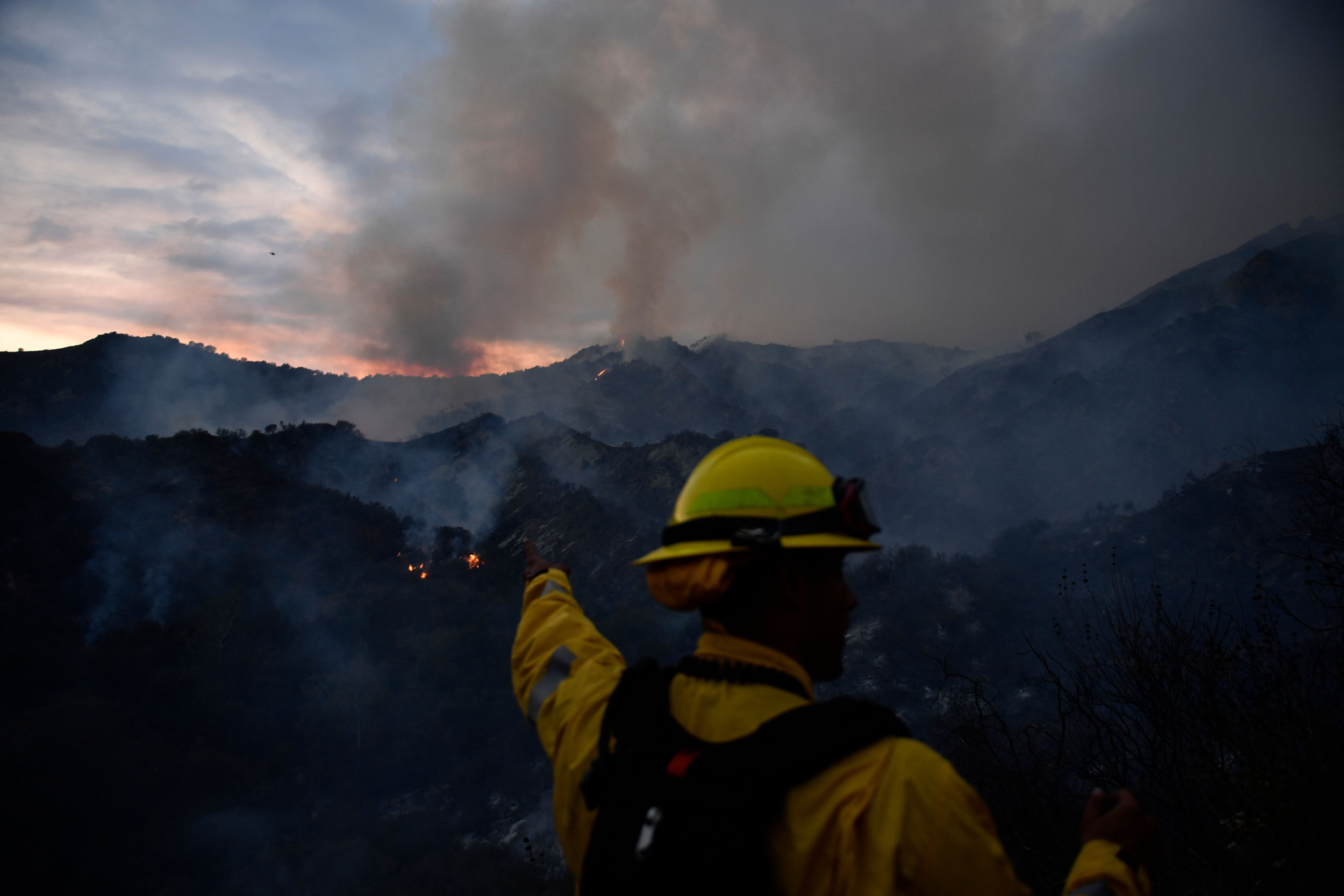The late renowned theoretical physicist Stephen Hawking made numerous predictions about the future of our planet, with one of his most famous foreseeing a grim scenario by the year 2600.
Hawking, who died in 2018, suggested that, due to population growth and unchecked energy consumption, Earth could transform into a giant ball of fire if humanity failed to address these issues.
Recently, an article from the news site Marca sparked interest by implying that NASA had "confirmed" Hawking's doomsday theory.
So, did NASA confirm the 2600 end-of-the-world date that Hawking predicted? In short, no. While NASA has expressed concerns over certain global threats, it has not endorsed a specific end-of-world date.
Newsweek reached out to NASA via email for comment on the latest speculation that it had done so.

Hawking made a number of predictions in his final years about the future of humanity and was increasingly concerned about the dangers to our home planet.
In 2016, he told the BBC: "Although the chance of a disaster to planet Earth in a given year may be quite low, it adds up over time and becomes a near certainty in the next thousand or 10,000 years."
To secure a long-term future, Hawking advocated for humanity's expansion beyond Earth, suggesting that establishing interplanetary colonies could be vital.
However, he added: "We will not establish self-sustaining colonies in space for at least the next hundred years, so we have to be very careful in this period."
Of the threats to humanity on Earth, the Cambridge University mathematician and theoretical physicist considered global warming, asteroid impacts, nuclear war, artificial intelligence, and pandemics as among the most existential.
While NASA has publicly addressed many of the same concerns, it has by no means confirmed a date for the world's end.
For example, on climate change, the space agency warns that "the effects of human-caused global warming are happening now, are irreversible for people alive today, and will worsen as long as humans add greenhouse gases to the atmosphere."
Far from predicting a climate armageddon, NASA emphasizes that humanity still has the power to influence the severity of these impacts.
"The severity of effects caused by climate change will depend on the path of future human activities," NASA says on its website, adding that "if we can reduce emissions, we may avoid some of the worst effects."
Similarly, on the risk of asteroid impacts, NASA's Planetary Defense Coordination Office has taken a proactive stance.
NASA monitors such near-Earth objects (NEOs) and has developed the Double Asteroid Redirection Test (DART) mission as part of its planetary defense strategy.
Launched in November 2022, the DART space mission targeted Dimorphos, a small moonlet asteroid, with the goal of altering its orbit. After a 10-month journey, DART successfully impacted the asteroid, demonstrating a potential method for diverting asteroids that might one day threaten Earth.
As things stand, NASA states that "there is currently no known significant threat of impact for the next hundred years or more."
While NASA remains vigilant about global threats, it does not endorse any particular end-of-world scenario or timeline.
Far from confirming Hawking's apocalyptic vision, NASA's perspective is one of cautious optimism, underscoring that our future hinges on the choices we make today.
Do you have a tip on a science story that Newsweek should be covering? Do you have a question about the end of the world? Let us know via science@newsweek.com.





.png)














 English (US) ·
English (US) ·